For a long time, the Super Four was the undisputed champion in the 400cc class.
The inexpensive and approachable Ninja 400R briefly took the top spot in terms of sales, but the Super Four's popularity never wavered.
Meanwhile, Suzuki entered the market with a luxurious engine format called a V-twin.
SUZUKI GLADIUS400
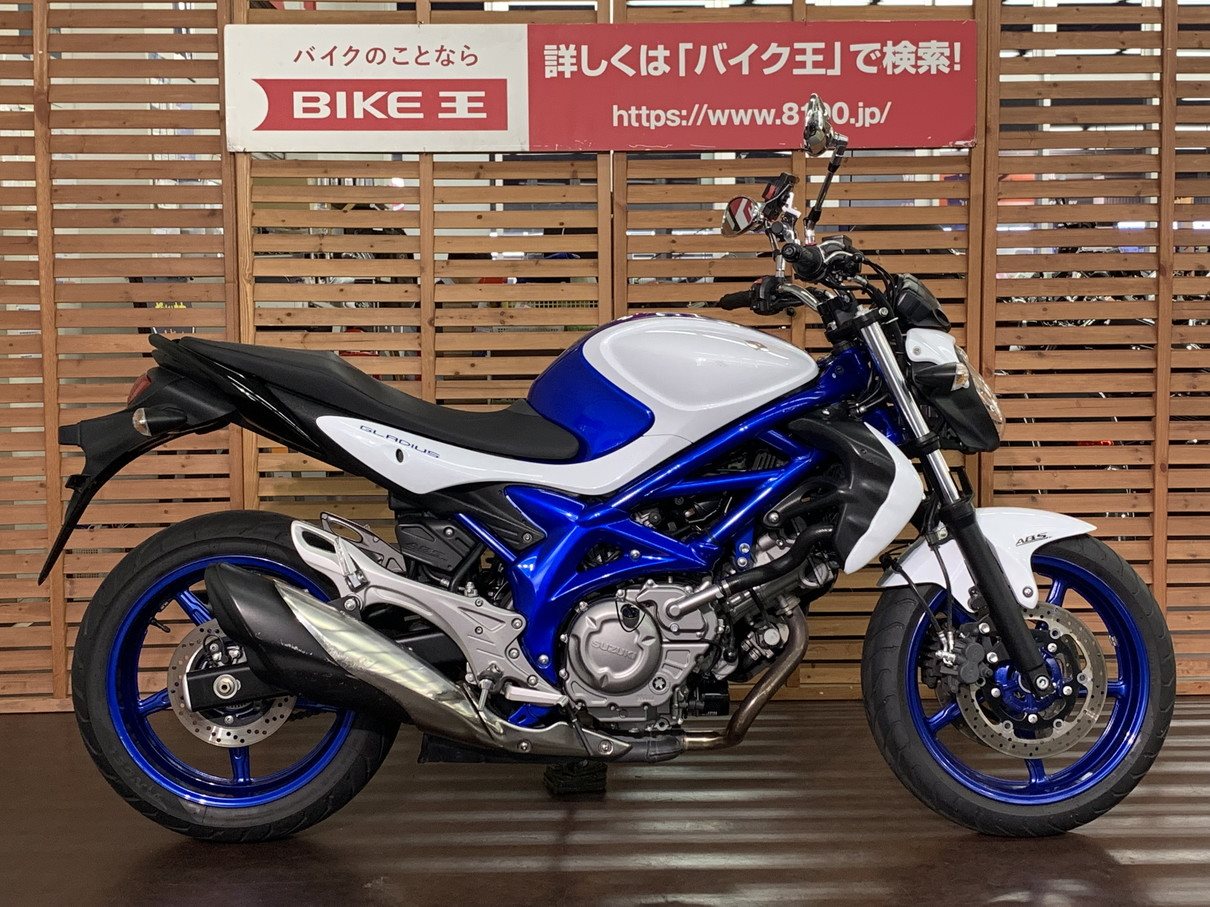
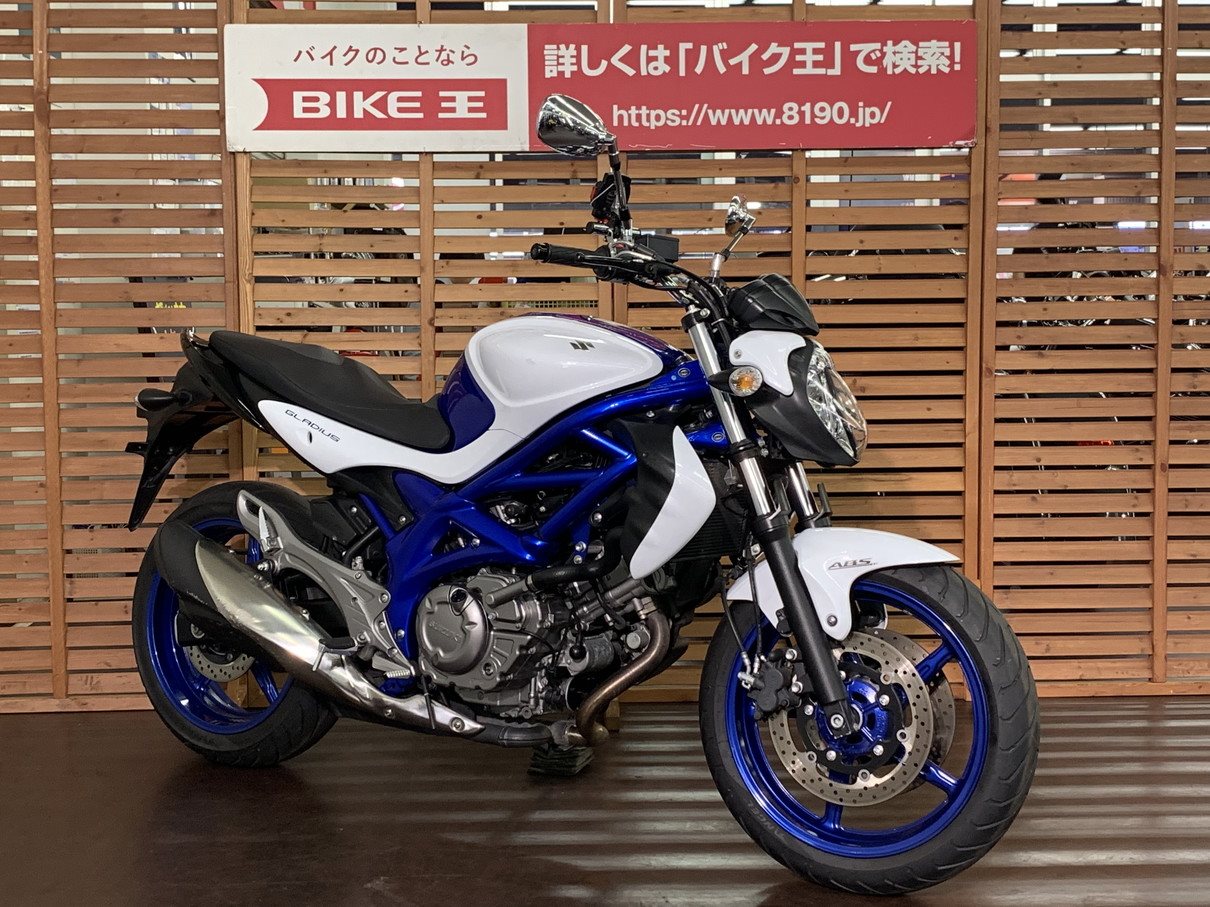
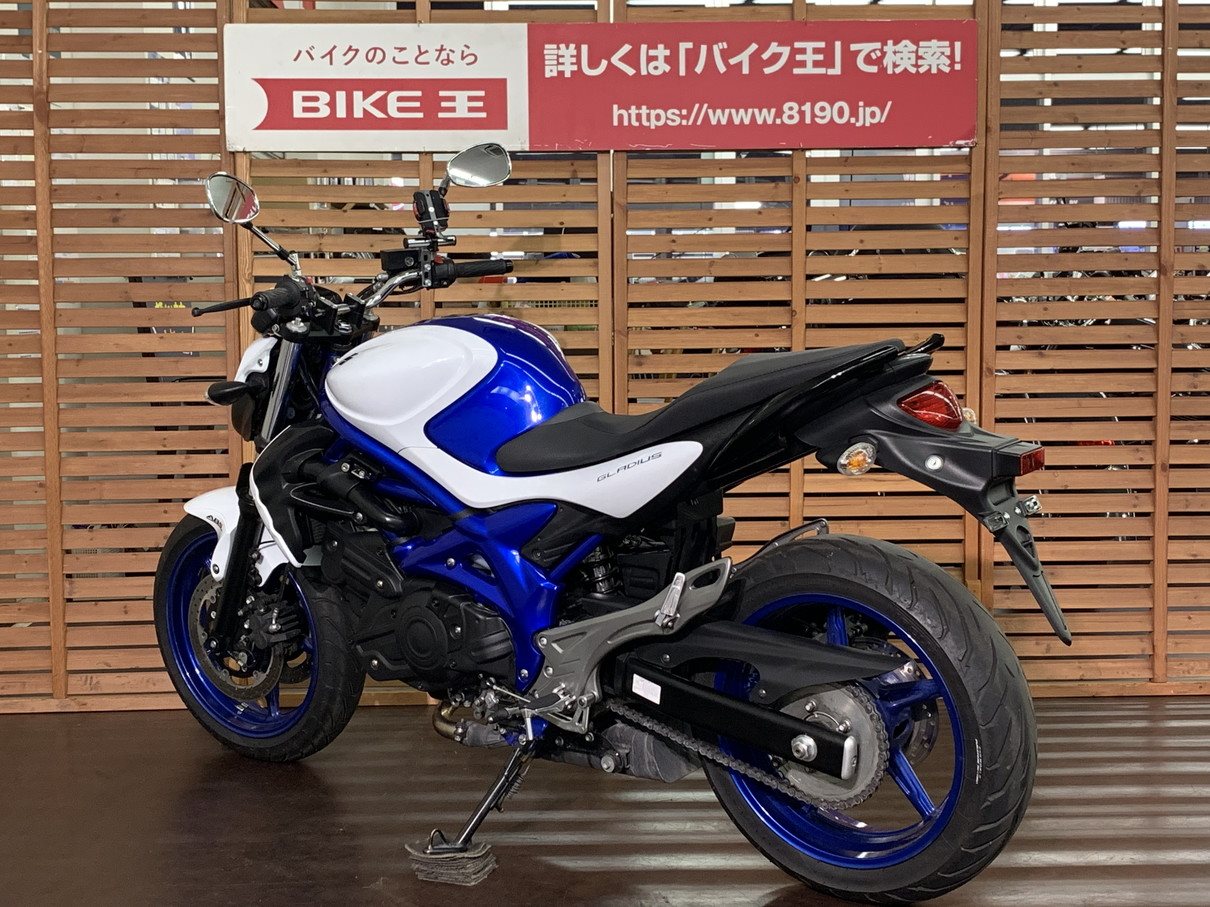
400 Wars Second Half
The golden age of 400cc naked motorcycles was the 90s.
Various 400cc models were released by various manufacturers, and all of them were 4-cylinder models with their roots in replica models.
However, in the latter half of the 2000s, the 400cc naked boom subsided as it became possible to obtain a large motorcycle license at a driving school, and at the same time, the Super Four was the only 400cc 4-cylinder motorcycle that was extended its life by being converted to injection amid the difficulty of complying with various regulations.
However, in 2010, amid a feeling of despair that the 400cc class was over, Suzuki released the Gladius 400, and the following year Kawasaki released the Ninja 400R. The two motorcycles are similar in the sense that they are not replica-based 4-cylinder motorcycles of the past, but 400-version 2-cylinder motorcycles based on 650cc for export, and these two models also reflect the historical background of the times, when it was difficult to design a new motorcycle from scratch for Japan's unique 400cc class.
Furthermore, Suzuki introduced a four-cylinder model called the GSR400, and the 2010s saw the start of the second half of the 400 wars with a new generation of engines.
Cost-conscious but Luxurious V-twin Engine
As mentioned above, it had become difficult to design a 400cc engine specifically, so it seemed like they would try to release a model that kept costs as low as possible.
Rather than a V-twin with two cylinder heads, a parallel twin would have been more compact, had fewer parts, and was easier to keep costs down, so it would have been more promising, but Suzuki is reusing the V-twin engine that they used in the SV400/650.
It is Suzuki's corporate culture to cherish and refine the engines they already have.
The old SV400 that appeared in 1999 was also a very lively model.
Despite being a twin, it boasted the same horsepower as a four-cylinder, and the frame, shared with its 650cc sibling, was made of luxurious aluminum.
However, there was still a belief in four-cylinder engines in 1999, so although it was supported by some ski enthusiasts and sports-oriented enthusiasts, it did not become a popular model.
The Gladius 400 ABS was released with the SV's engine refined and converted to injection, producing 55 horsepower, exceeding the power of the Super Four, which at the time had only 53 horsepower.
As the name suggests, it was also a time when ABS was standard equipment.
The frame was changed from the previous aluminum frame to steel, but this was also the same as that of its sister model, the Gladius 650, and was a change to suit the times.
Suzuki's relationship with Organic Design
Suzuki has had great success with futuristic designs using organic curves. The famous Hayabusa.
However, I can't think of any other models that could be called "great successes" like this.
As for minor models (sorry), the GSX750F comes to mind, but it has a unique combination of curves, and I get the impression that Suzuki hasn't quite got the hang of using these curves.
Considering the success of the Hayabusa, it's probably just a little "something"...
The Gladius also has a design that uses organic curves.
The flowing form is distinctive, from the cover that continues from the tank to the side, the pillion grip that follows the pillion seat, the frame cover around the pivot and the footpeg plate, and the unusual headlight was also something that had never been seen on a domestic naked motorcycle before.
Personally, I accepted this design as something new at the time and thought it was interesting, but I remember that there were also some people who said unkind things like, "It's a copy of the Brutale (MV Agusta, the naked version of the F4)."
It's true that the truss frame and the oval, slanted headlights may have had a certain Brutale-like feel, but the refreshing blue and white coloring of the motorcycle when it first debuted was a far cry from the "ferocious" image that the Brutale represents.
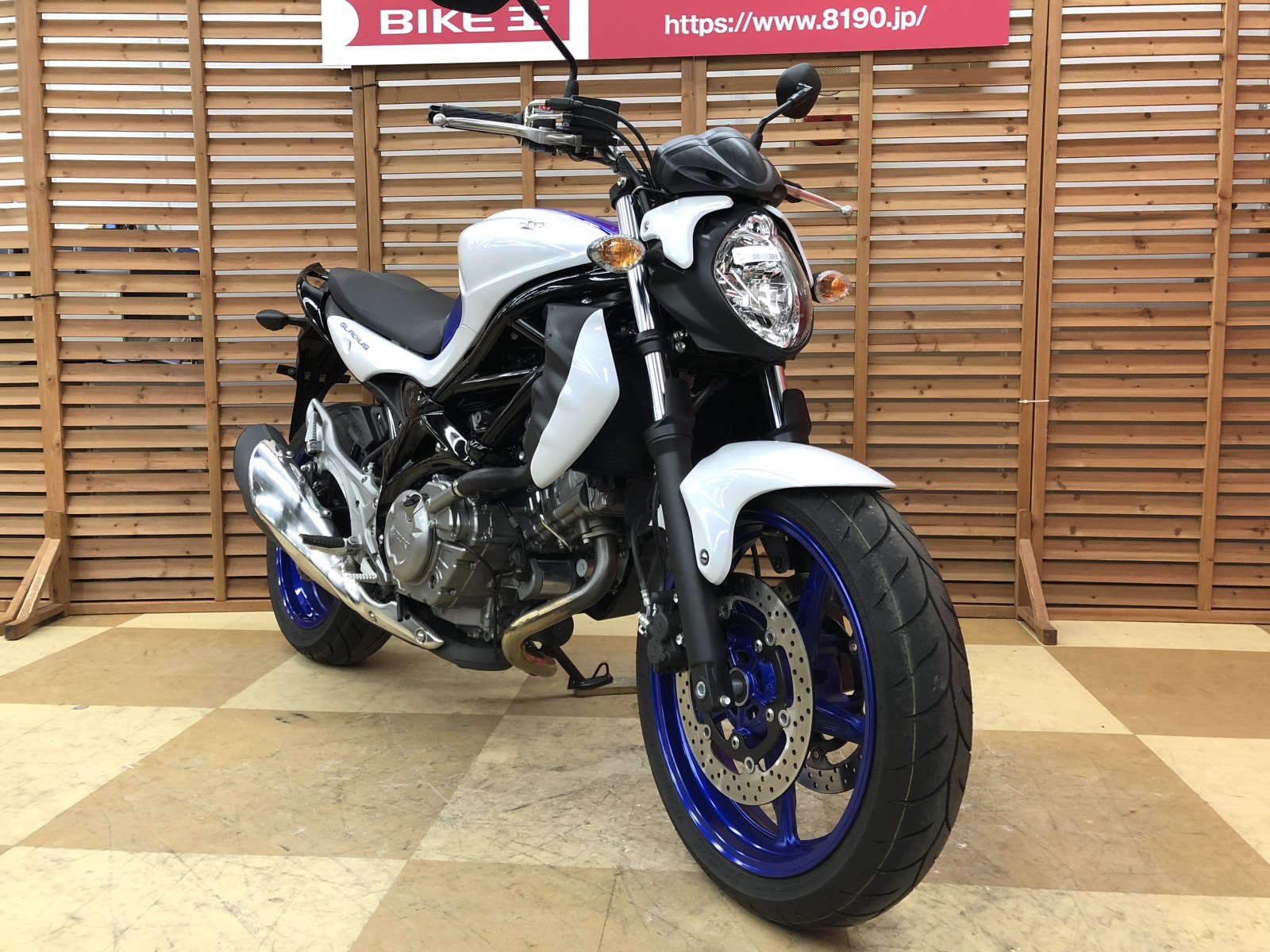
SUZUKI Gladius 400

MV Agusta Brutale 800
Speaking of Suzuki's organic curves, the current Hayabusa is as cool as ever, and the GSX-8S is also cool, at least without the angular design.
The relationship between organic curves and Suzuki somehow makes you want to support them.
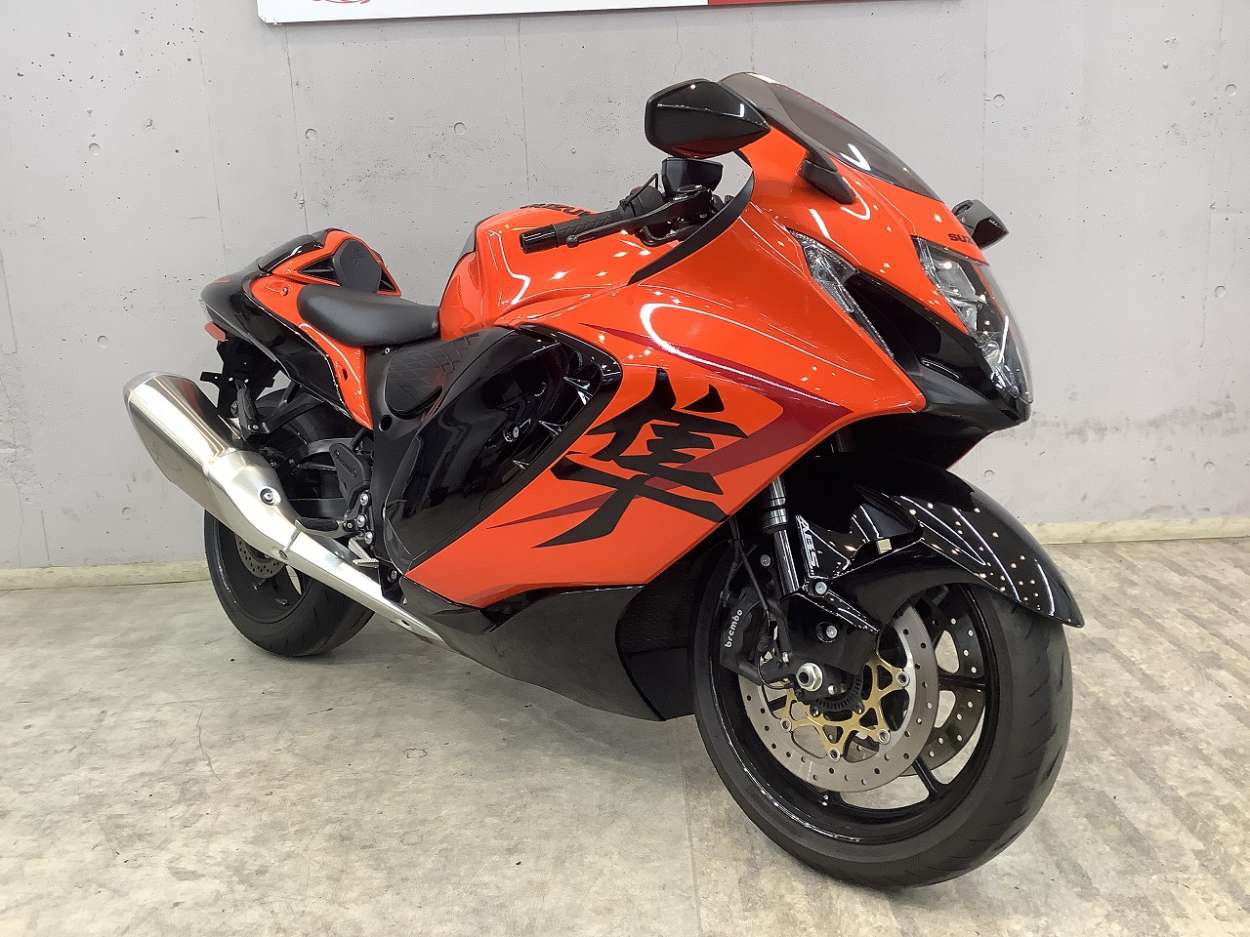
SUZUKI HAYABUSA
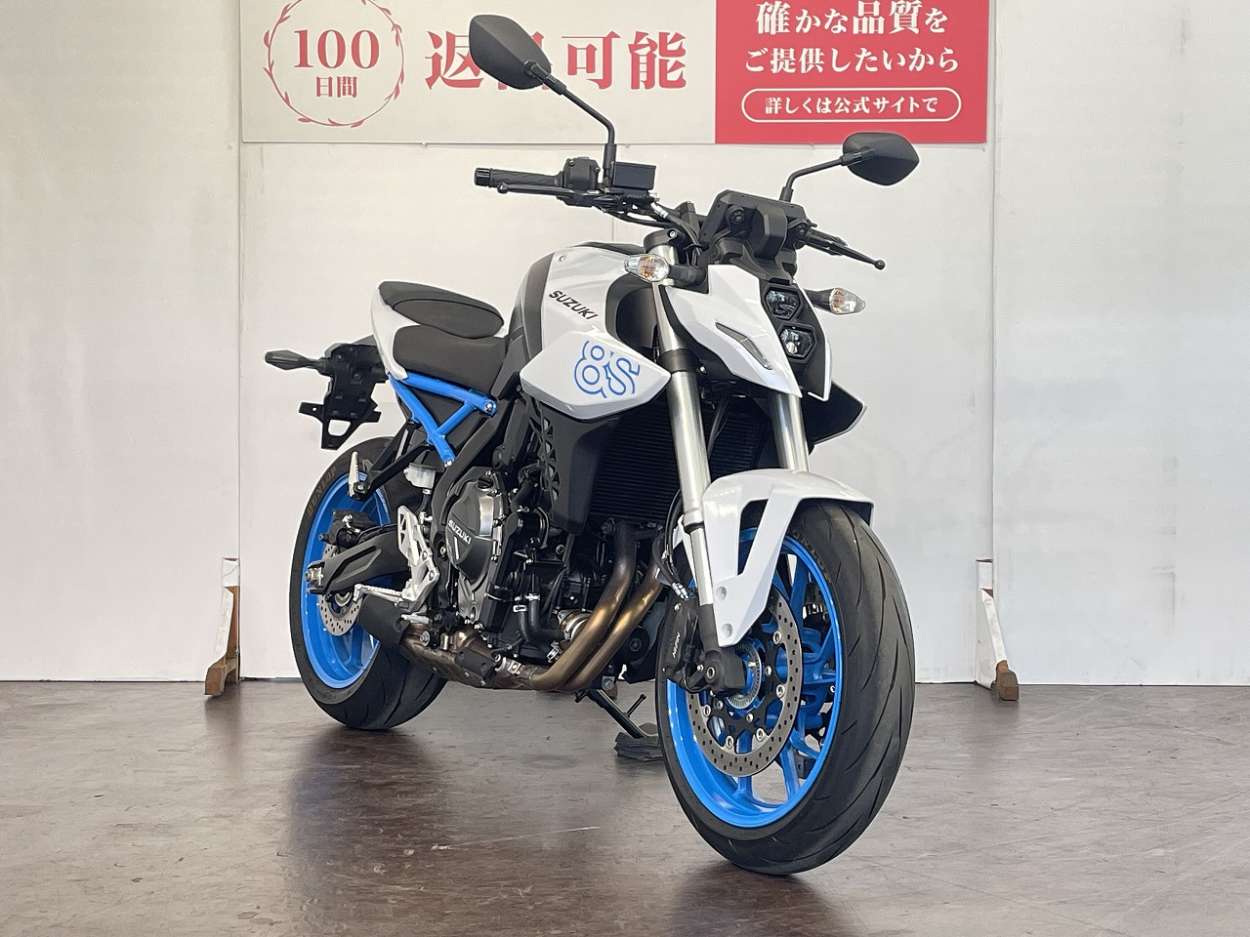
SUZUKI GSX-8S
It went through six years with almost no model changes.
After that, the Gladius only underwent minor changes and remained in the lineup until 2015, when it finished its model life.
By changing the exterior color of the tank and cover, various variations were created, which changed the image considerably, but the fact that the basic parts remained unchanged is perhaps typical of Suzuki.
The following year, in 2016, the SV650, which continues to this day, was released. Although the displacement is no longer 400cc, the same series engine is still in use.
However, the unique design of the Gladius has been replaced by a more orthodox standard naked style, and the headlight has become round, so it is a little sad that the design is no longer as interesting as the Gladius.
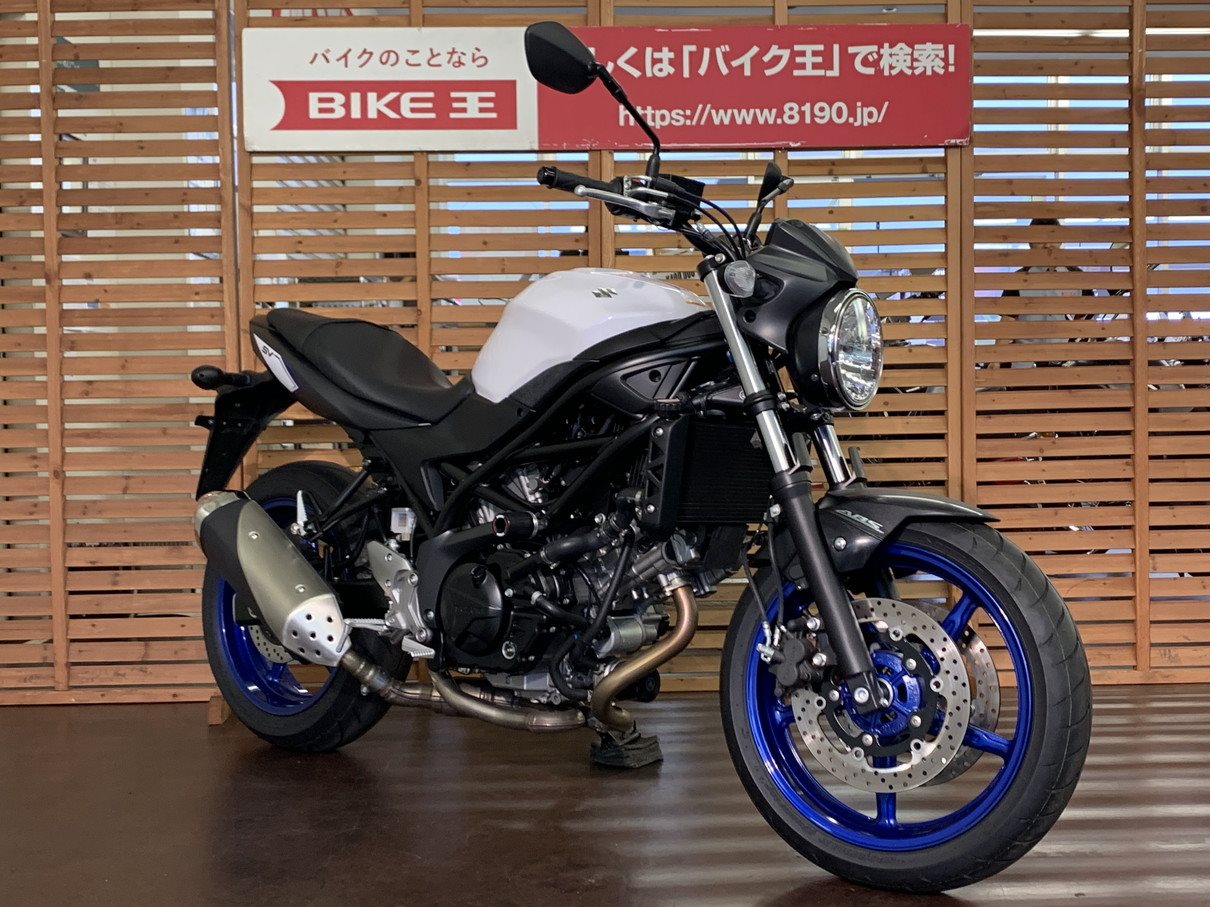
SUZUKI SV650
Looking back on the Test Ride
Now, let me write down my impressions when I actually rode it.
The Gladius had new styling, but the settings of each part were typical of Suzuki, straightforward and unconventional.
The seat height was low, and the handlebars were a very comfortable up-type.
The triangular relationship with the footrests was just right, making it very relaxing while also allowing for sporty riding.
The seat left a particularly good impression. It was low, but the cushion was thin, and the moment I got on I thought, "My butt is going to hurt...", but the developer at the time told me, "The seat is wide, so it doesn't hurt as much as you'd think," and when I actually rode it, that was true.
It supports the buttocks over a wide area, which probably distributes pressure, so comfort wasn't lost even over long distances, and the seat surface of the pillion seat was also wide, so the pillion rider was comfortable and it had a high luggage carrying capacity.
The front was a basic setup with an upright front fork and pin-slide calipers, but this went very well with the flexible iron frame, and the feeling of just the right amount of excess and deficiency was impressive. There were many articles in overseas media praising the excellent balance (650 version overseas), and I have even seen descriptions such as "it has the best balance in history to make wheelies easier."
The domestic model is a 400cc version, but in a good way, it feels not much different from the 650cc version when riding.
Of course, there is a difference of more than 15 horsepower, but the 400cc version rotates more lightly thanks to its smaller displacement, and the normal range is clearly wider than a four-cylinder with the same displacement.
It also rotates smoothly at high rpm, and I never felt that it was lacking anything, especially in Japan's traffic environment and winding roads.
I once rode it head-to-head with a reverse-imported 650, and I remember thinking seriously, "The 400 would be fine for this."
The only thing that bothered me was the right bank angle.
Perhaps due to the unique silencer shape, when I rubbed the bank sensor at the end of the footpegs, the silencer would also rub at almost the same time.
This may be avoided by adjusting the suspension settings, or since it is a V-twin, it may be possible to deal with it by replacing the silencer.
Either way, since it is a motorcycle that can be used for lively sports, people with a strong sports mind should be a little careful.
Another point is the operation of the rear suspension. Normally there is no problem, but when pushing through winding roads at a lively pace, I felt a slight fluttering behavior in both the 400cc and 650cc versions.
Along with the bank angle problem, both problems seem to be solved by upgrading the rear suspension.
The Gladius has an organic design that is different from others, a powerful low-speed range that 4-cylinders do not have, and a punch that is more than enough for a 400cc class motorcycle even at high speeds.
Although it does not have a particularly strong appeal like the current SV650, it is "definitely a good motorcycle".
This is a motorcycle that can be widely recommended to people who are unsure about their foot placement, beginners, and those with a sporty mindset.
Front Area
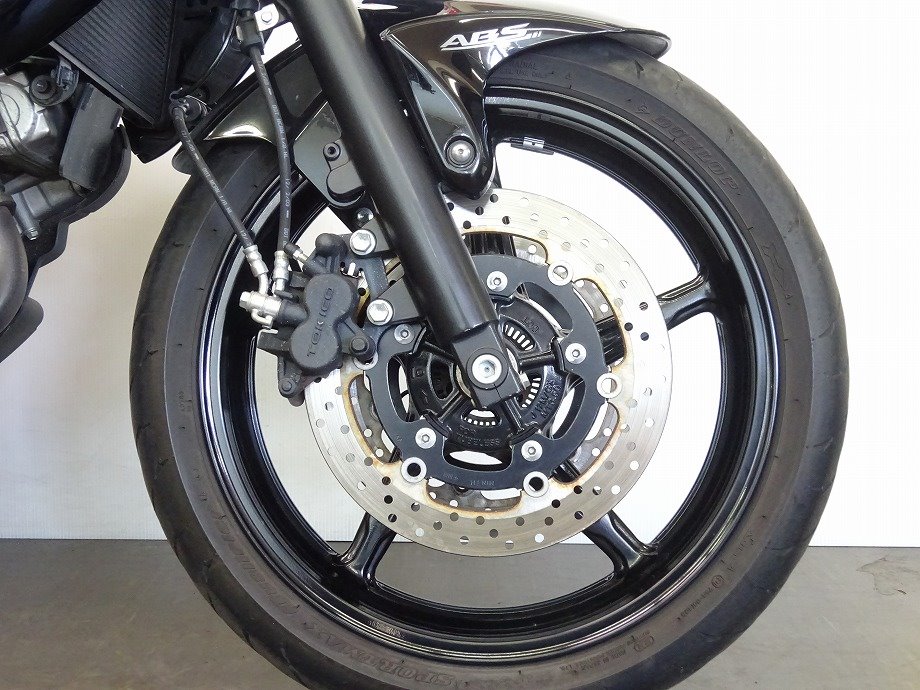
The upright forks and pin-slide calipers may seem like a very basic setup, but they all work well and match the character of the motorcycle.
The front wheel is a special design, measuring 17 inches with a 3.5-inch width. Radial tires are standard.

SUZUKI Gladius 400

MV Agusta Brutale 800
At the time, MV Agusta's Brutale was a hot topic, so perhaps it was inevitable that people said this motorcycle looked "Brutale-like" because of this unusual headlight.
The meter that sits atop the light and the covers that fill the space next to it show that a lot of effort went into the design.
Engine
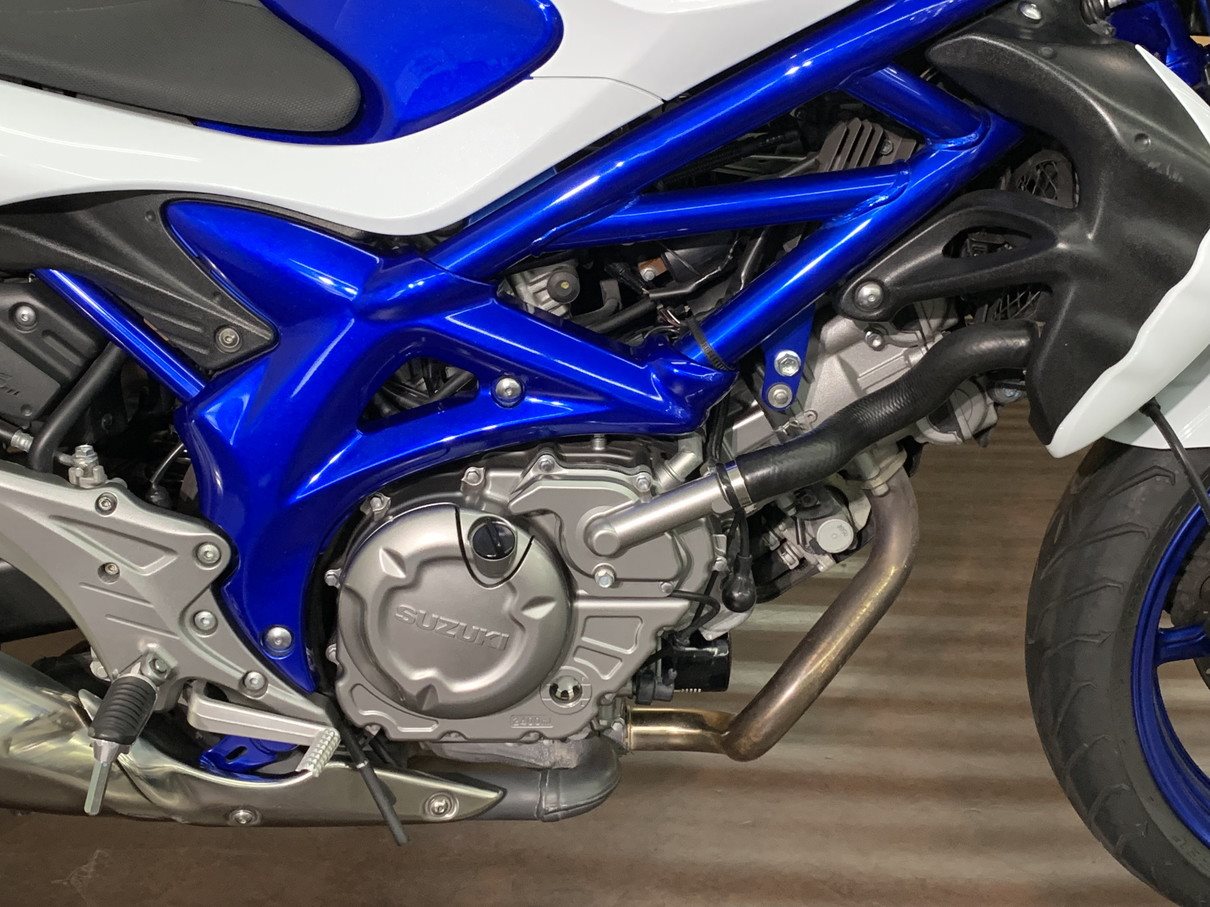
The main change to the engine, which retained the bore, stroke and compression ratio from the aluminum-framed SV400, was the switch to fuel injection.
It was a time that could be considered a transitional period to fuel injection, but at least the Gladius allowed for very natural throttle operation.
The frame was made of iron pipes in a truss shape, and the area near the pivot was covered with a cover.
Seat
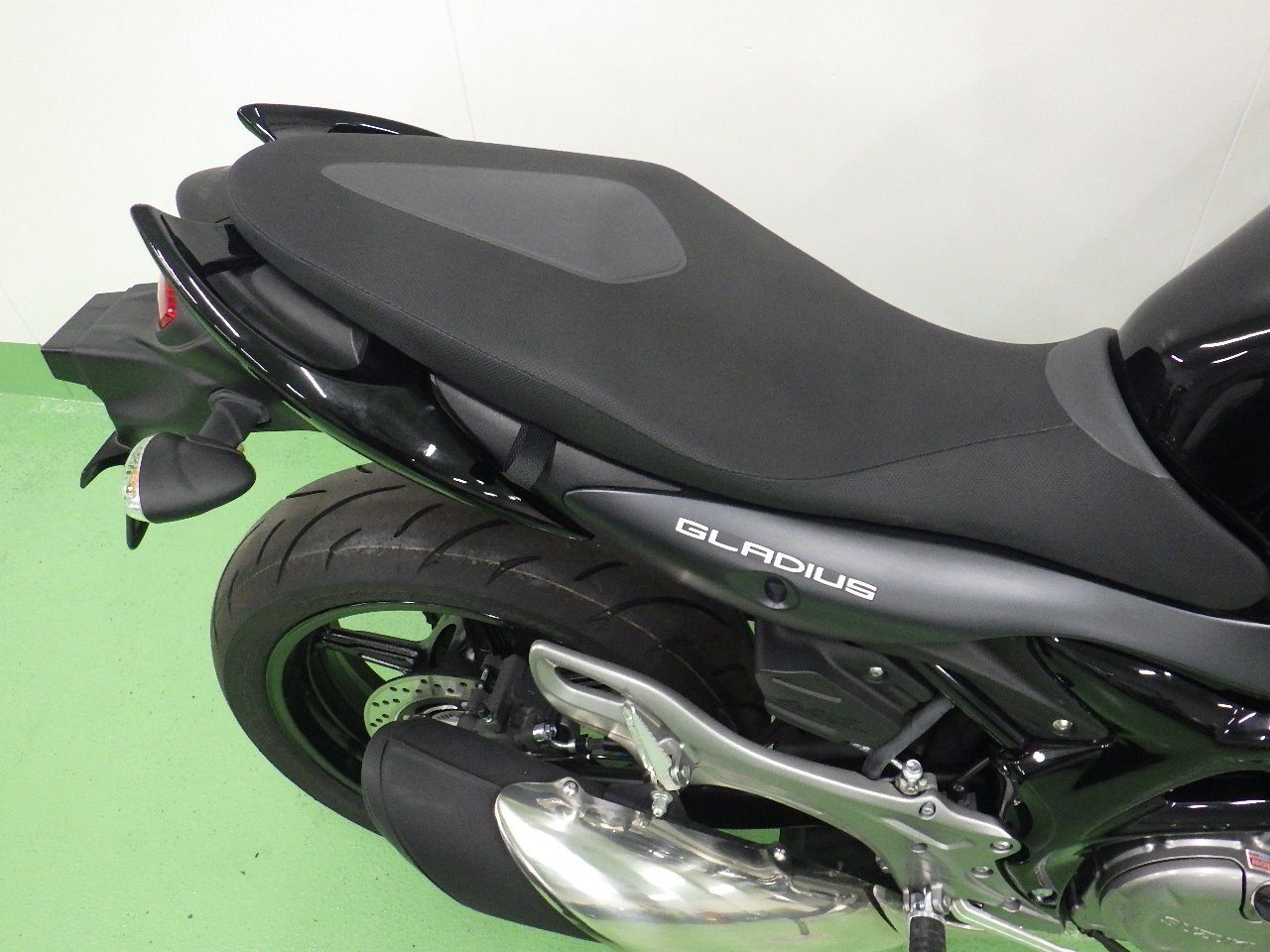
The low, wide seat is surprisingly comfortable, even though the cushion is thin. The pillion seat is spacious and convenient for carrying luggage. It also has a large pillion grip, which shows that it was designed with pillion riding in mind.
Tail
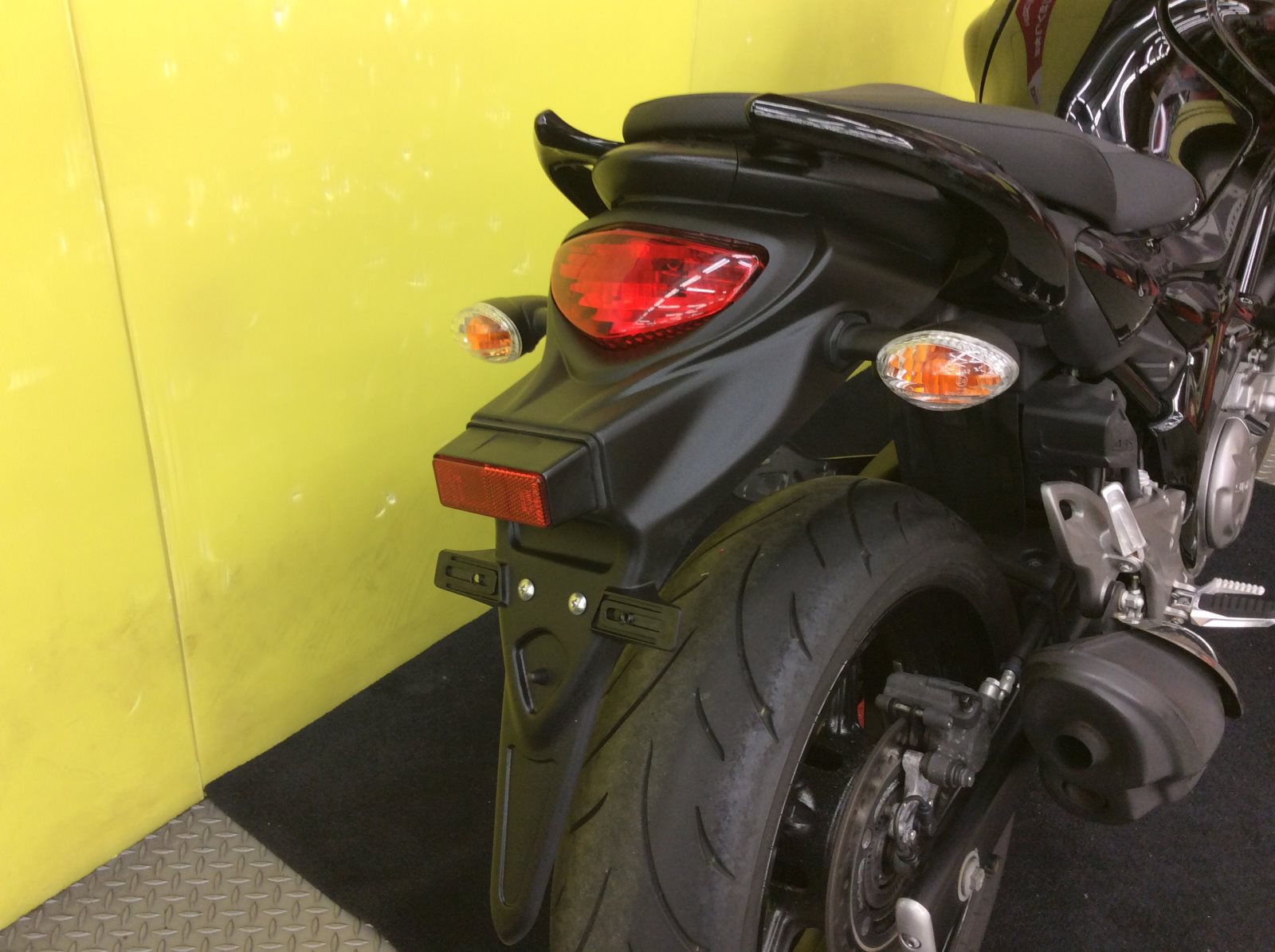
While I support the organic curved design, don't you think the area from the taillights to the rear fender looks a little bulky compared to the bold look around the front?
At the time, there were many fender race kits with integrated taillights on the market, and the Gladius with its sleek tail area looked very cool (at least in my opinion).
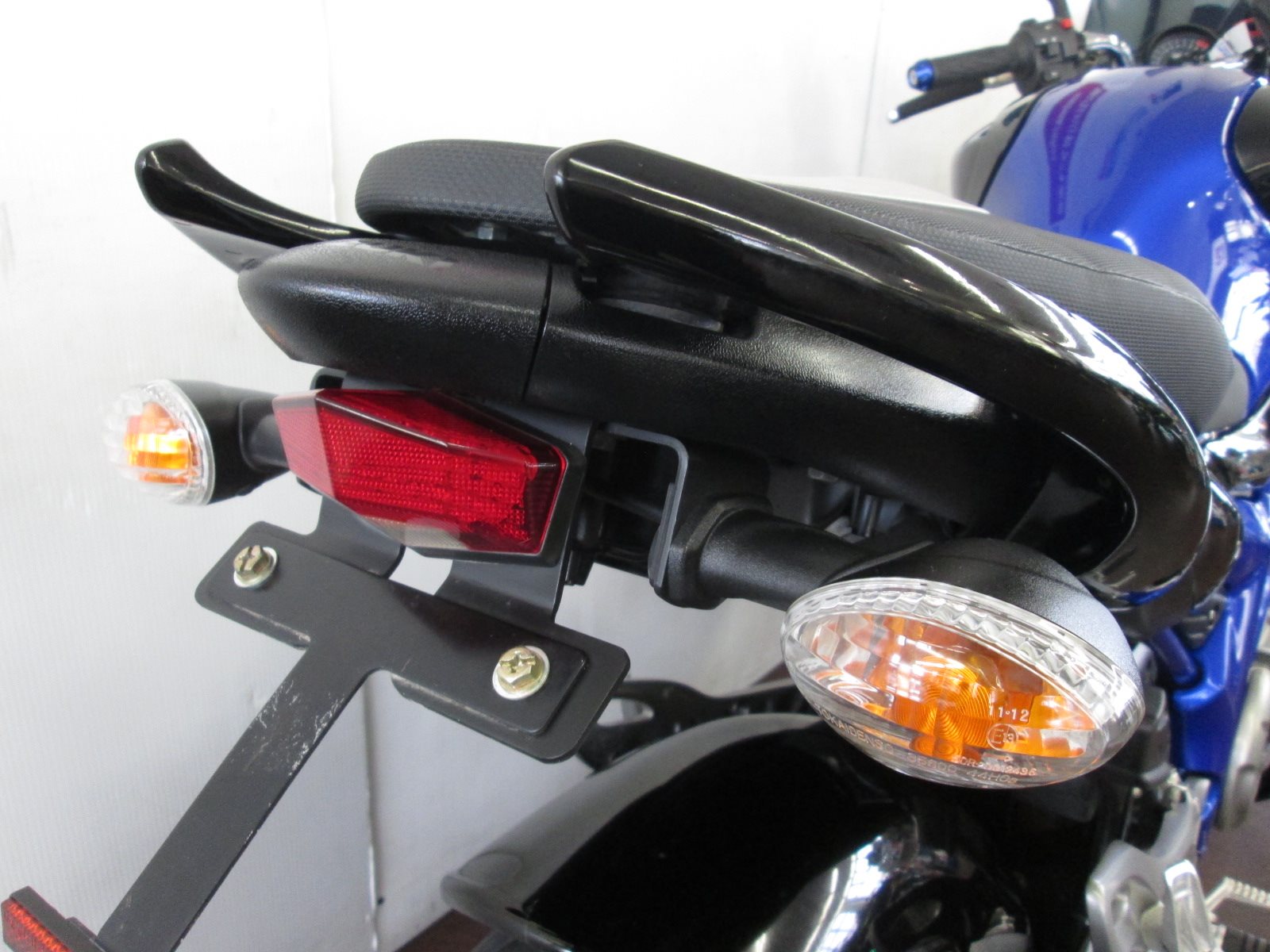
Rear Area
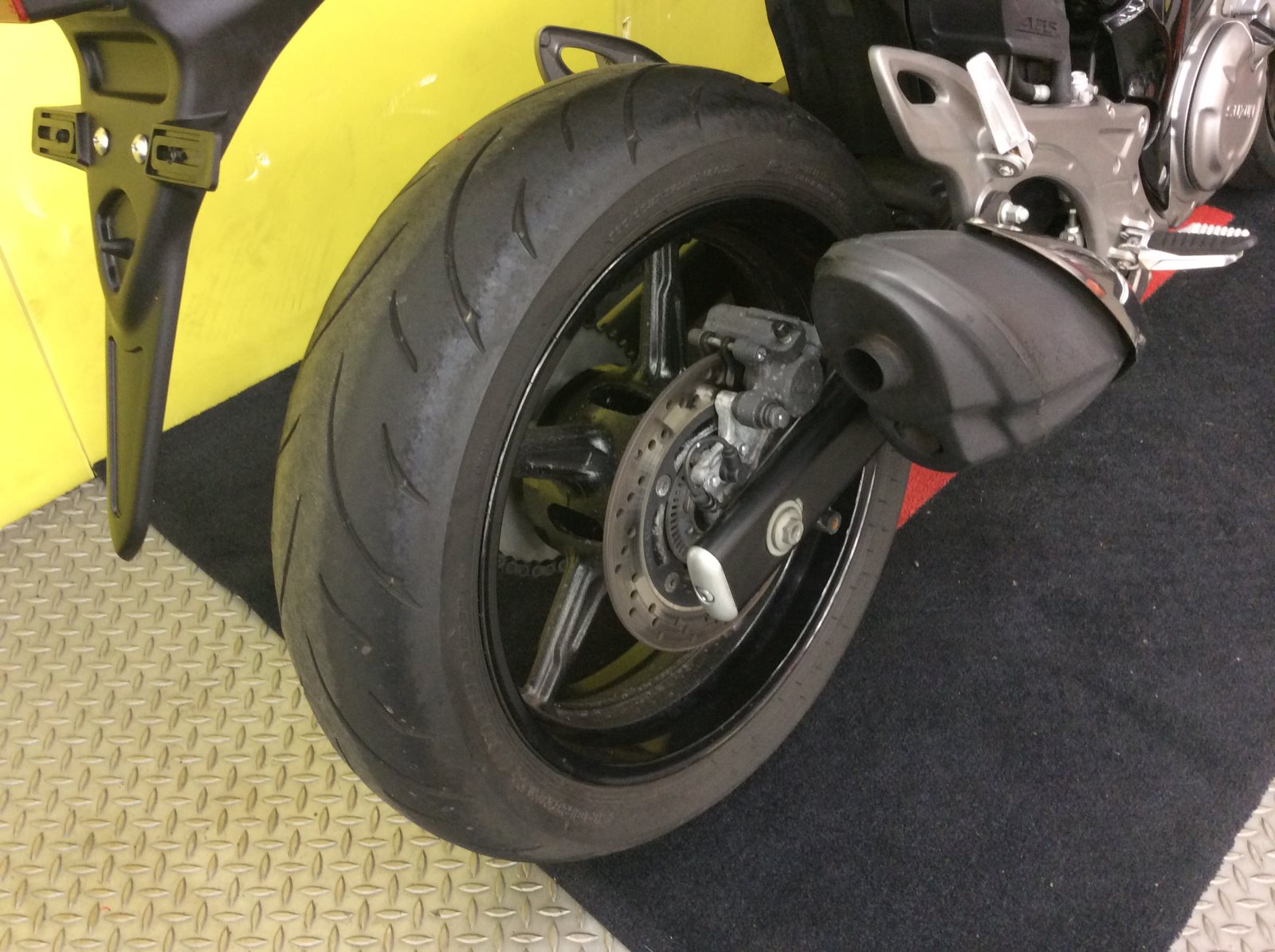
The rear wheel is 5 inches wide and is fitted with a 160 size radial tire.
The 5-inch wheel and 160 size give it a slightly firmer feel on the ground, allowing you to enjoy the handling that really makes the most of a radial tire.
Because of this size setting, you can choose any modern radial tire, and those who want a sporty ride can also opt for high-grip tires.
See SUZUKI Moto Index Page
See SUZUKI Gladius (SFV400) Parts & Accessories Page
Original Source [ BIKE LIFE LAB ]



